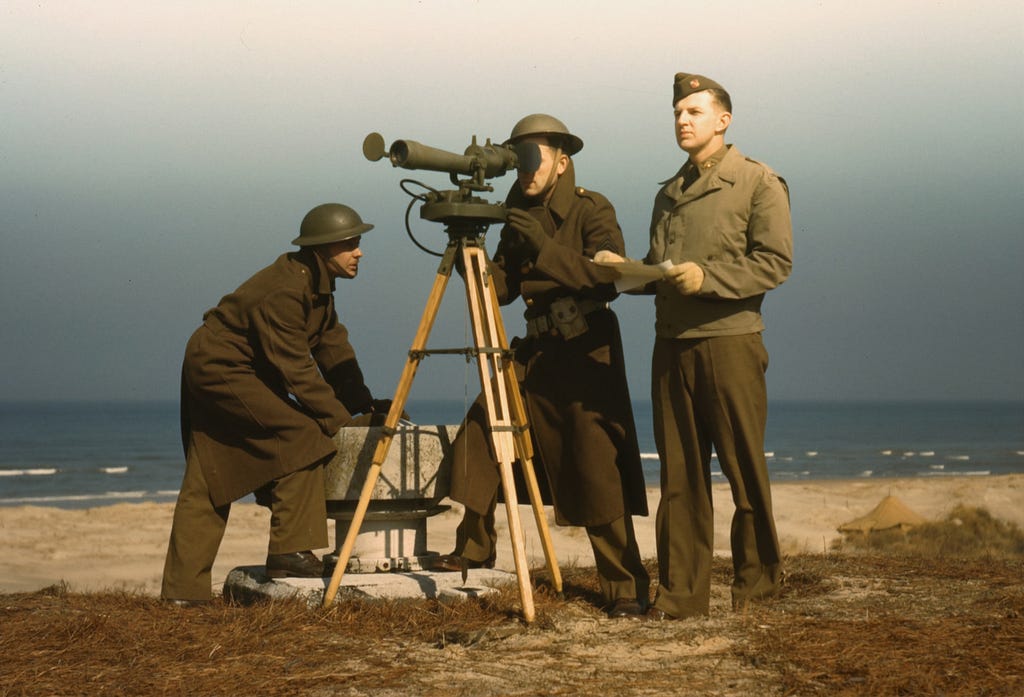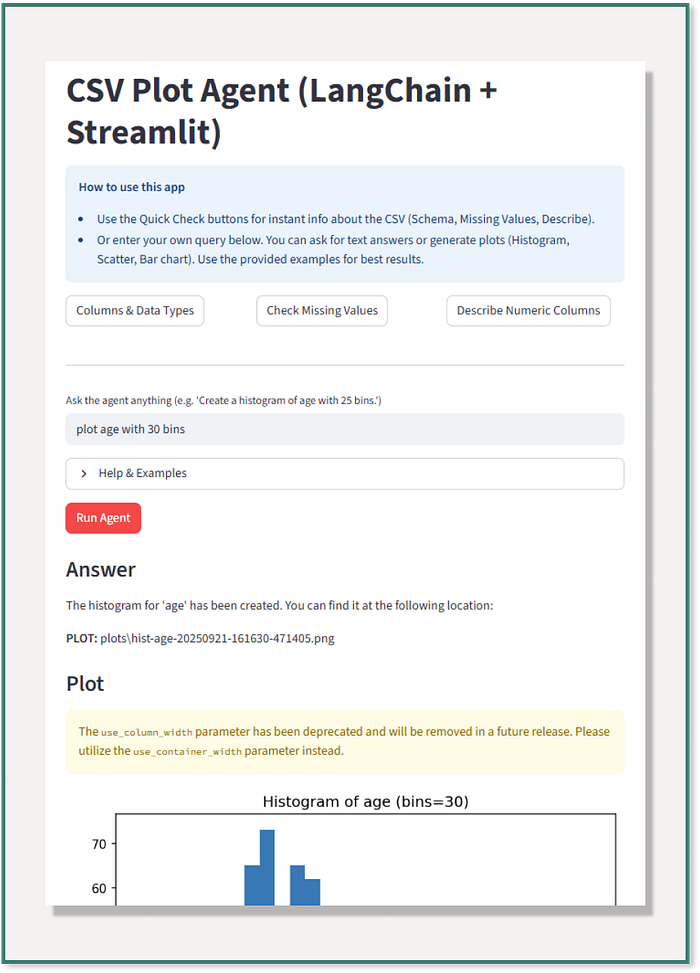
5 Tips to Effectively Tell a Story as a Data Scientist
Last Updated on January 8, 2021 by Editorial Team
Author(s): Saeed Ahmad
Data Science
Learn how to leverage the right tools to be an effective storyteller

Storytelling has been there for ages. It has helped people to make a better sense of the things happening around them and before.
People have been using it to draw the attention of not only the audience in front of them but also the people coming after them.
Storytelling is an art. As times have passed by, the techniques, methods, and tools of storytelling have changed but the main concept and goal remain the same i.e. to engage your audience so effectively that they can actually relate to what you are saying.
As data scientists, we are also told to be good storytellers. Reason being that we often need to present our work to different stakeholders. Since they are from different backgrounds so we have to change our tone accordingly. But what remains the same in every scenario is your story.
Tips to effectively tell a story:
There are a lot of things that contribute to a good story. Let’s explore them a bit:
Communicate as much as possible
Communication is the key to effectively accomplish something. When you are working as a data scientist, it becomes more important for you to communicate with different stakeholders as much as possible.
Usually, we can divide stakeholders into four categories:
i – Users — They are keen to see the best solution in terms of experience
ii – Domain experts — They are responsible for providing help with their domain expertise
iii – Executives — They are more interested in knowing about business and revenue
iv – Tech guys — They are mostly interested in the technical side of things
To communicate effectively with each of them you need to talk to them in their understandable way. Users will be more interested in the end solution and something that solves their pain. Executives and managers are more inclined towards revenue and related things. While the domain experts might be helping you with their expertise in the relevant field. You’ll need to leverage their knowledge to frame a good solution for the given problem.
Start with established facts
Storytelling starts with the facts that people already know. It might be a problem that your users face daily, or it might be something that’s not so optimized and can be done intelligently. Maybe it’s something that can generate more revenue for your company.
When you start with the knowledge that people already know they are able to relate to it and understand it better. It’s because they have the first-hand experience of the problem.
Usually, technical concepts are abstract, vague, and complex for those who are not directly related to tech.
Storytelling comprises of two parts:
i ) — Facts that help you to solidify your arguments and make it easy for your audience to understand what’s going on behind the scenes.
ii ) — Narrative that you present in order to persuade your audience to take action and relate to the things presented in the story to what and how they think
So, it’s really necessary for you to present facts in a way that paints the picture of the solution for the intended segment of stakeholders.
Show visualizations to engage your audience
You may have heard the saying that “A picture is worth a thousand words”. This is true. What you can convey to your audience in a lot of words can be said with just a single image in no time.
There are different graphs, figures, and visualizations that can give your audience a better idea of what’s going on in the data, what are the trends, and the general behavior of data.
Sometimes you might miss some useful information while analyzing data or applying different statistical techniques. Here visuals and graphs come into play. They help you to uncover the previously unnoticed areas, aspects, and insights of the data.
Visualizations are actually a chance for you to supplement your story with something that your audience can see but some people also mess it up. For example, if you visualize a lot of variables in one graph, your audience may find it too complex especially in the case of complex graphs. So, it’s always desired to keep visualizations simple and straightforward so that you leverage them to build your narrative.
Use statistics to understand your data
Statistics can help you a lot in understanding the data and make sense of it. You can then deduce many facts out of that and use them for its better understanding.
Mainly, statistics can be divided into two types: Descriptive and Inferential. Descriptive statistics tries to describe the existing data while inferential statistics give you an overview of the relationship between different features or variables in data.
Usually, descriptive statistics allow us to get information about our immediate or available group of data while inferential statistics allow us to go beyond that using sampling to generalize a population based on one or many samples.
The importance of statistics according to the aspect of storytelling is that it tells you a lot about the data that’s readily available to you and then extend your generalization to the whole population whose properties or features might not be available. You can use this information to tell your audience about different insights found in the data and then base different hypotheses accordingly.
Explain how your models work
Machine learning models are usually said to be ‘black-box’ models. There is a performance vs. explainability tradeoff if you have worked with some advanced models. Linear models like linear, logistic regression and tree-based models are easy to explain while non-linear models are difficult to interpret and explain.
In the real world, no one would like to employ or use something which they don’t understand. Also, in some areas like banking, insurance, and medicine there are regulatory requirements for processes to be interpretable and explainable. Another aspect of explainability is the ultimate trust of different stakeholders. Everyone knows that if we have a good idea of how something works, it helps us to be confident to use and trust it.
The same goes for the machine learning models. People would be more interested in the techniques that make sense to them.
There are various techniques to interpret machine learning models. Some of the existing techniques are related to statistical inference that can help us in identifying key features and derive meaningful representations from our data.
Takeaway:
We have just touched the surface about storytelling but it’s actually lots more than that. It’s an art at which you can get good by practice and learning.
It helps you to uncover the gold out of the raw data, the insights and information that you and your audience might have missed while looking at it before.
The success of your work from a proof of concept to an accepted solution lies behind your storytelling skills. It helps you to strengthen your case in front of an audience that might not be that good at understanding technical concepts.
I hope you enjoyed the tips put forward in this article.
Looking forward to hearing awesome data stories and your thoughts about this article!
5 Tips to Effectively Tell a Story as a Data Scientist was originally published in Towards AI on Medium, where people are continuing the conversation by highlighting and responding to this story.
Published via Towards AI
Take our 90+ lesson From Beginner to Advanced LLM Developer Certification: From choosing a project to deploying a working product this is the most comprehensive and practical LLM course out there!
Towards AI has published Building LLMs for Production—our 470+ page guide to mastering LLMs with practical projects and expert insights!

Discover Your Dream AI Career at Towards AI Jobs
Towards AI has built a jobs board tailored specifically to Machine Learning and Data Science Jobs and Skills. Our software searches for live AI jobs each hour, labels and categorises them and makes them easily searchable. Explore over 40,000 live jobs today with Towards AI Jobs!
Note: Content contains the views of the contributing authors and not Towards AI.














